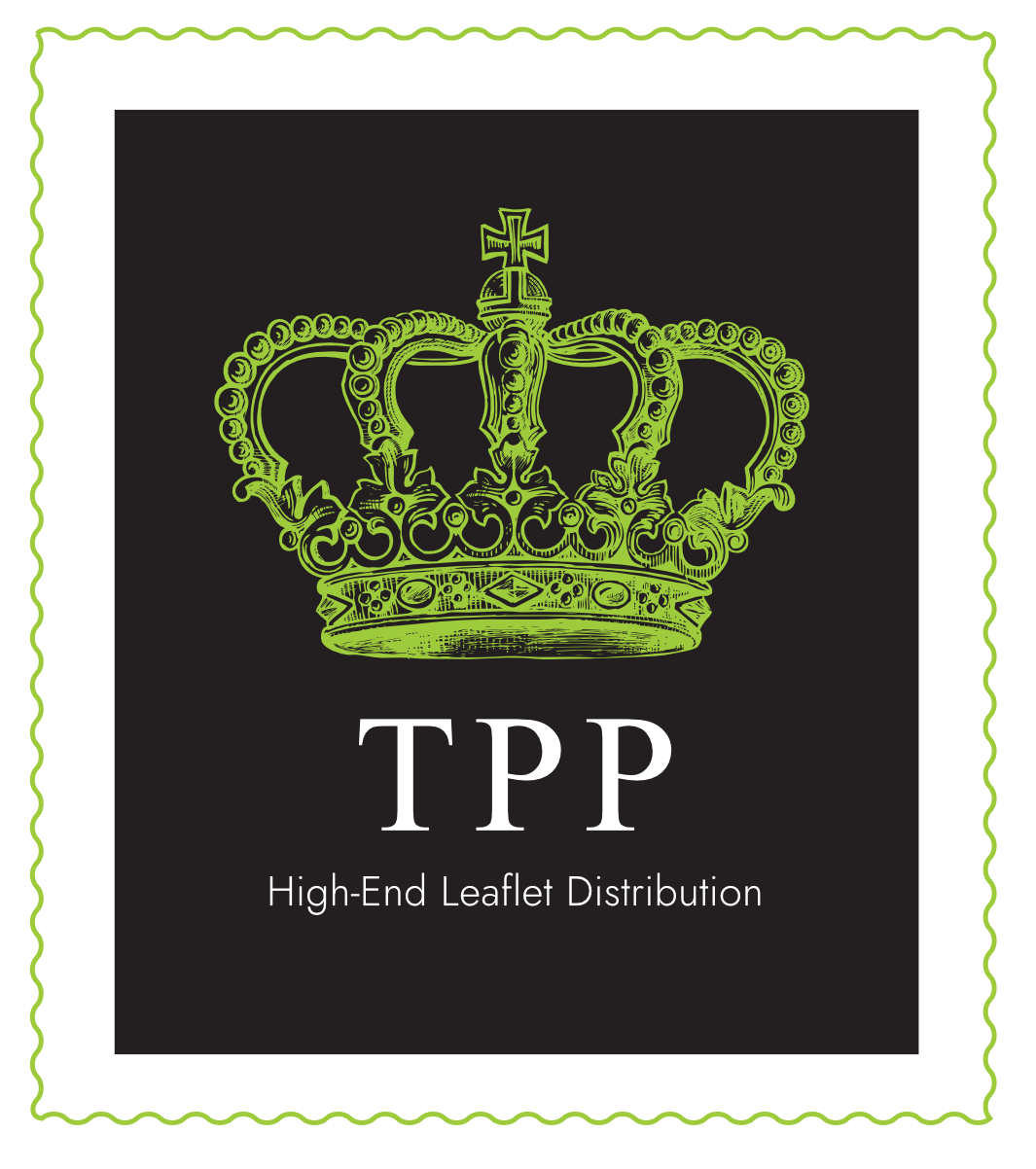Here at TPP, we’re big believers in making digital marketing and traditional marketing (such as leafleting) work together. In fact part of the value we deliver to our clients is using the old-fashioned letter box to get a (potential) customer’s attention long enough for them to take note of our client’s online details and engage with them there. We know that some of our customers will be looking at other ways to achieve the same effect and hence may be looking at digital advertising.
Digital advertising is certainly one option for companies looking to achieve quick results, but like many aspects of the digital world, it is often poorly understood by larger companies, let alone by locally-based SMEs. In our world of leafleting, success is about creating an effective message and delivering it in an effective way. While the response rate to any leaflet delivery campaign depends on a number of factors, it’s pretty much impossible to falsify the actual response rate and, in our business model at least, we have nothing to gain by doing so. We are paid a flat fee to deliver leaflets perfectly each and every time and that is what we do.
In the digital world, however, advertisers often pay some sort of commission according to the level of user engagement, for example there may be a lower fee for a simple click and a higher fee for a share. This means that there is potentially a lot to be gained by manipulating the level of response to an advert. As a result of this ad fraud has become even more of a hot topic in digital marketing than ad blocking. Both can cost advertisers significant amounts of money, but while ad blocking is fairly transparent, ad fraud has the potential to mislead businesses and to send companies down dangerous paths instead of profitable ones.
The basics of ad fraud are simple, fraudsters generate fake traffic to trigger increased payments from advertisers. In technical terms, the means of achieving this can vary from “brute force” systems such as automated “bots”, which are relatively easy to detect, to the use of hijacked devices, for example through installing malware on mobile apps (and indeed PC apps), which is much harder to spot. Sadly for advertisers, methods of attack are getting more sophisticated all the time and, bluntly, the cheapest advertising platforms tend to be the most exposed to them since they generally have the least amount of money to spend on buying and updating the tools which are necessary to have even a chance of combating this threat.
This essentially means that in order to be reasonably confident of receiving valid statistics on their advert’s performance (and therefore having useful information as well as reasonable costs), advertisers really need to look at using premium platforms (although even these can be targeted). They also need to have enough expertise (either in-house or via a reputable agency) to be able to monitor their suppliers and ensure that standards are being met because, frankly, relying on vendor statistics is like allowing children to write their own school reports. Where companies are unable or unwilling to make this sort of commitment, it’s generally better to avoid digital advertising and look at other forms of engagement such as a combination of offline advertising and digital content marketing.






